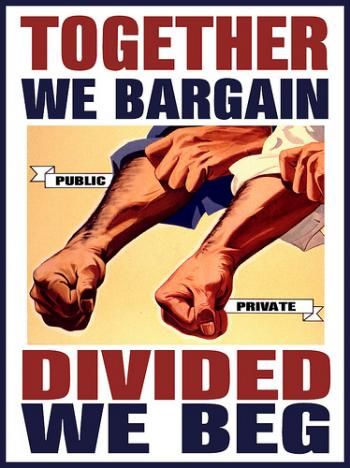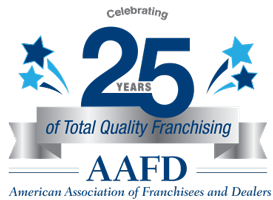Even McDonald’s.
Maybe they never met Ray? Or his loyal Canadian subordinate, George?
Boom, Like That
I’m going to San Bernardino ring-a-ding-ding
Milkshake mixers that’s my thing now
These guys bought a heap of my stuff
And I gotta see a good thing sure enough now
Oh my name is not Crock, that’s Kroc with a K
Like crocodile but not spelled that way now
It’s dog eat dog, rat eat rat
Kroc-style… Boom! like that
Folks line up all down the street
Now I am seeing this girl devour her meat now
And then I get it Wham! as clear as day
My pulse begins to hammer then I hear a voice say:
These boys have got this down ought to be one of these in every town
These boys have got the touch It’s clean as a whistle and it don’t cost much
Wham! Bam! You don’t wait long, shake, fries, patty you’re gone
How about that friendly name, heck, every little thing ought to stay the same
Or my name is not Crock, that’s Kroc with a K
Like crocodile but not spelled that way now
It’s dog eat dog, rat eat rat
Dog eat dog, rat eat rat now
Oh it’s dog eat dog, rat eat rat
Kroc-style… Boom! like that
You gentlemen ought to expand
You’re gonna need a helping hand now
So gentlemen well what about me?
We’ll make a little business history now
Oh my name’s not Crock, you can call me Ray
Like crocodile but not spelled that way now
It’s dog eat dog, rat eat rat
Kroc-style… Boom! like that
Well we’ll build it up and I buy ’em out
But man they made me grind it out now
They open up a new place flippin’ meat
So I do too, right across the street
I got the name but I need the town, sell em’ in the end and it all shuts down
Sometimes you gotta be an S.O.B. you wanna make a dream reality
Competition sent em south, if they’re gonna drown put a hose in their mouth
Do not pass “Go”, go straight to hell
I smell that meat hook smell
Oh my name is not Crock, that’s Kroc with a K
Like crocodile but not spelled that way now
Ohh it’s dog eat dog, rat eat rat
It’s dog eat dog, rat eat rat
Ohh it’s dog eat dog, rat eat rat
Kroc-style… Boom! like that

I smell that meat hook smell



 Posted by Les Stewart
Posted by Les Stewart 


















